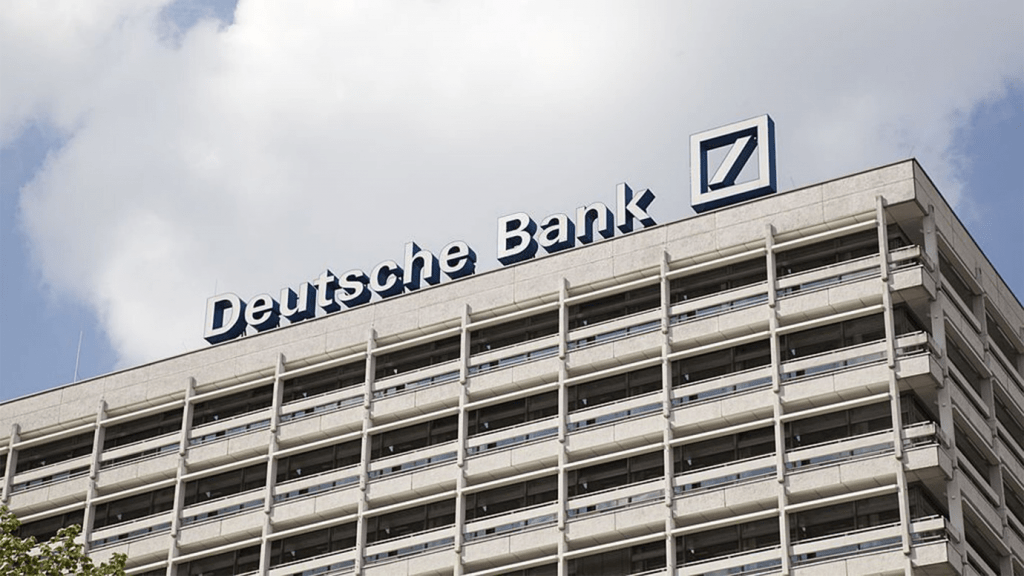
Binance Airdrops $BANANA Token, Prices Surge on Listing
Binance, the world’s leading cryptocurrency exchange, has introduced a novel initiative with the Banana Gun ($BANANA) token launch as …

June 22, 2022: -Europe and the U.S. face a high likelihood of recession as central banks are forced to tighten monetary policy to combat inflation aggressively, according to Deutsche Bank CEO Christian Sewing.
The U.S. Federal Reserve, European Central Bank, Swiss National Bank, and the Bank of England all moved to rein in inflation in the previous week, albeit to different degrees.
Consumer price inflation in the eurozone hit a fresh record high of 8.1% in May, and the ECB is confirming its intention to start hiking interest rates at its July meeting.
Central bank managers and economists worldwide have acknowledged that the aggressive tightening necessary to rein in inflation could risk tipping economies into recession. Growth is already slowing because of a confluence of global factors.
The proximity of Europe to the war in Ukraine and its reliance on Russian energy imports render the continent vulnerable to the conflict, and a potential stoppage of Russian gas is streaming.
“One thing is clear if there is a stop of Russian gas, the likelihood of a recession coming sooner is far higher. There is no doubt,” Sewing told CNBC in an interview.
“But I would say that overall, we have such a challenging situation that the probability of a recession also in Germany, or in Europe in 2023 or the year after, is higher than we are seeing it in any of the last years, and that is not only the impact of this awful war but look at the inflation, look at what that indicates for monetary policy.”
Along with inflation stemming from the war in Ukraine and associated sanctions on Russia, supply chains have been hampered by resurgent post-pandemic demand and recovery of Covid-19 control measures, most notably in China.
“That is such a difficult problem that we have three, four drivers which can severely impact the economy, and all of that coming together at the same time means that there stands enough pressure and a lot of pressure on the economy, and hence the possibility of a recession coming into Europe, but even in the U.S., is rather high,” Sewing added.
We provide the insights on leaders who are responsible for taking their organization to new heights, all the while bringing together a group of talented individuals.

Binance, the world’s leading cryptocurrency exchange, has introduced a novel initiative with the Banana Gun ($BANANA) token launch as …
Mostbet Apostas Desportivas E Casino On-line Site Oficial Aqui

Lockheed Martin Corporation (LMT) delivered a stellar performance in the second quarter of 2024, exceeding analyst expectations …

In a strategic move, Canadian tech-focused mortgage brokerage Pineapple Financial Inc. (NYSE American: PAPL) announced a collaborative …

In the annals of human history, the art of manufacturing has undergone a metamorphosis so profound that it has reshaped …

In the labyrinth of modern industry, where the flames of innovation flicker and the winds of change howl, there exist titans—visionaries …